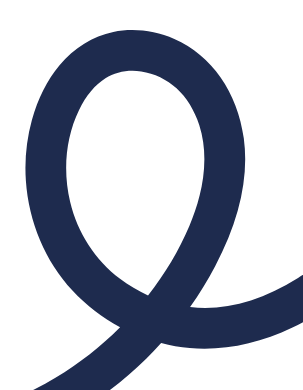Diagnosing what customers really want: How a global workstream reshaped one company’s roadmap
A clinical diagnostics company partnered with Techspert to run a global quantitative Voice of Customer study - collecting insights from over 200 experts in 10 days to guide roadmap decisions and refine their market positioning.
200 scientific and industry decision-makers surveyed globally
Fieldwork completed in under 10 days
Insights delivered in time for internal strategy session
The Challenge
A US-based clinical diagnostics manufacturer was entering a new phase of growth. With the life sciences industry rapidly evolving, particularly at the intersection of genomics and proteomics, the company needed to refine its strategy. As a smaller player in a competitive market, they faced a familiar challenge: how to make good decisions, quickly.
Their product and marketing leads suspected they were working from outdated assumptions about what mattered most to their customers - but they lacked the hard data to prove or disprove this. With new offerings on the horizon, they needed to better understand where they stood versus competitors, what drove customer loyalty, which factors should shape their positioning, and they needed answers fast.
Our Approach
Techspert partnered with the customer to design and deliver a global Voice of Customer program, built around a quantitative survey supported by qualitative interviews. The goal: to generate credible, customer-tested insights that could inform positioning, messaging, and roadmap priorities.
The quantitative survey
Over 200 industry professionals were surveyed across North America, EMEA, and APAC. These respondents came from academic labs, biotechs, CROs, and reference labs, all with hands-on experience across the genomics and proteomics landscape. The survey was structured to:
- Assess the relative importance of key vendor attributes - such as workflow simplicity, integration with automation, pricing, and support.
- Gather perception data on how vendors performed on each factor.
Computer Assisted Telephone Interviewing (CATI) Methodology
To reach this niche audience without compromising quality, we used CATI - calling respondents to guide them through the survey live.
This approach delivers stronger engagement, richer responses, and lower drop-off rates, especially when working with highly technical and time-poor professionals. CATI consistently delivers more complete, higher-quality data than online-only surveys. That matters when the stakes are high.
The qualitative follow-up
The data was complemented with structured interviews, giving the customer a window into why scientists held certain views - from long-term frustrations with vendor responsiveness to the increasing need for joined-up solutions across genomics and proteomics workflows.
Built for speed and confidence
Fieldwork was completed in just over a week, with daily updates, quota flexibility, and insights designed to feed straight into internal decision-making. Dual-format data files were delivered and supported final formatting to help the customer quickly integrate insights across multiple teams.
“Our experience with working with you has been really good ...
You're really able to find the respondents so quickly."
Business Strategy Manager
The Impact
Within two weeks, the customer had a detailed picture of where they stood in the market—and what mattered most to the customers they were trying to reach.
- Assumptions were challenged: Factors such as brand recognition and base instrument cost, long believed to be key decision drivers, ranked lower than expected. Meanwhile, practical concerns like workflow integration, assay availability, and support rose to the top.
- Strategy was refined: The results helped product and marketing leads reset their positioning. As genomics and proteomics increasingly overlap, they began realigning their portfolio to meet the needs of customers working across both domains.
- Decisions were grounded in customer insights: Insights were delivered in time for a key internal strategy meeting. By rooting their next moves in customer evidence, the team changed their messaging and explored new directions.
- Agility was used as an advantage: As a smaller player in the market, the customer used speed to test ideas faster and outpace larger competitors, reacting to market shifts and internal feedback with targeted research that didn’t slow them down.
“That VoC helped the team understand priorities [and] how to adjust strategies to attract new customers."
Business Strategy Manager


